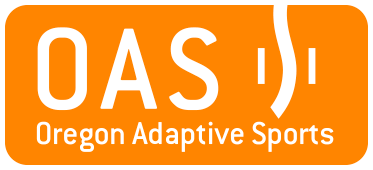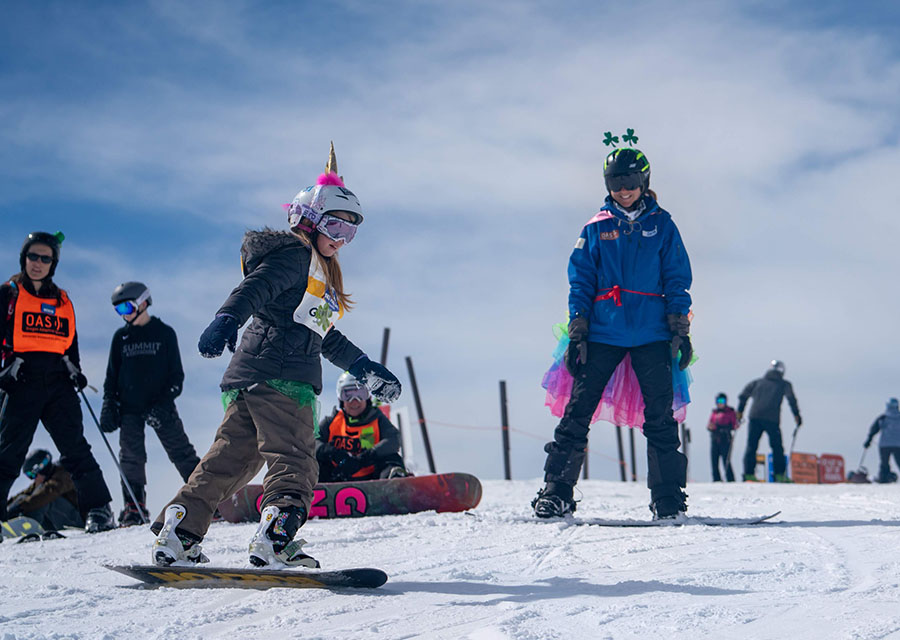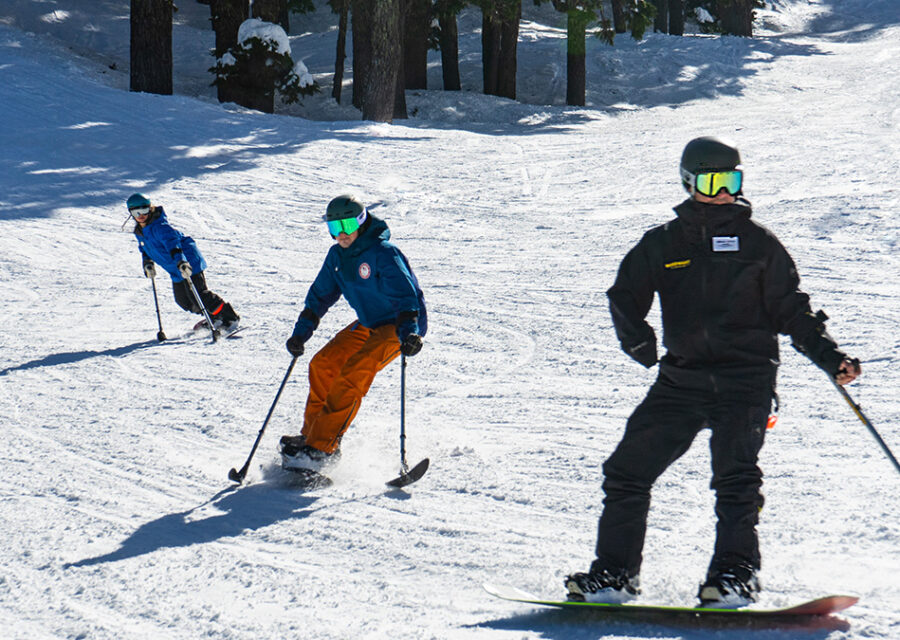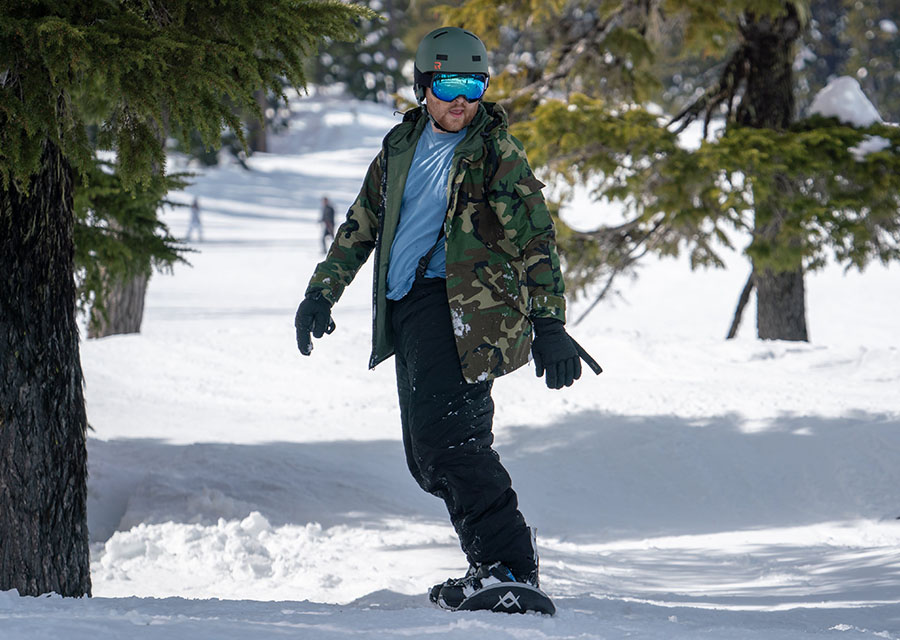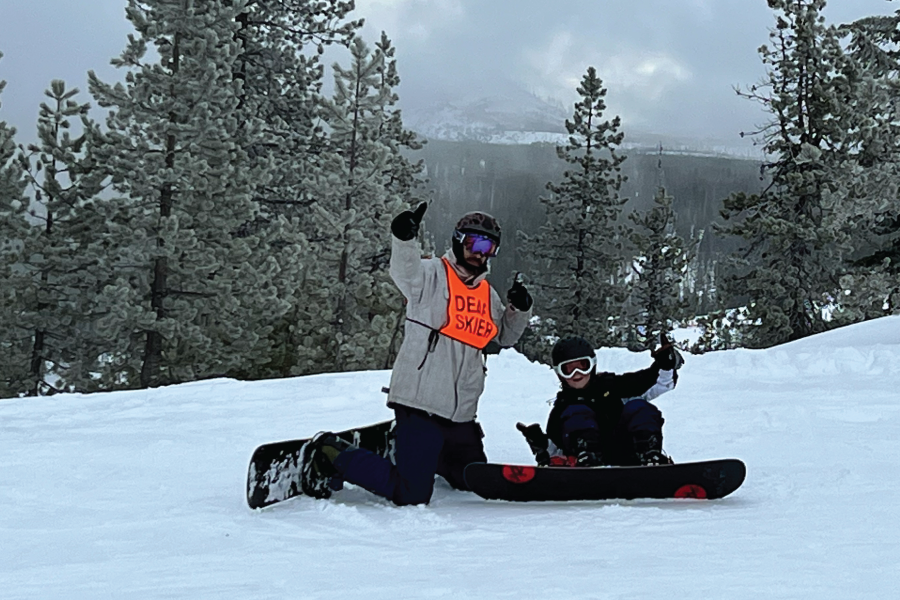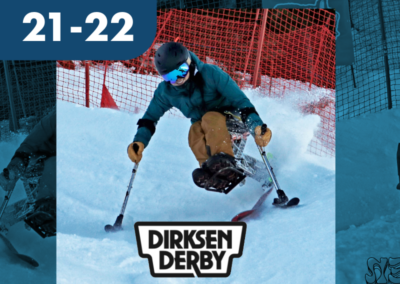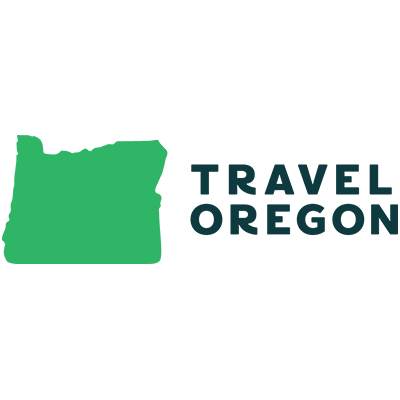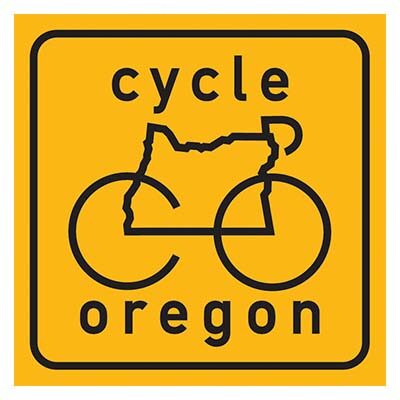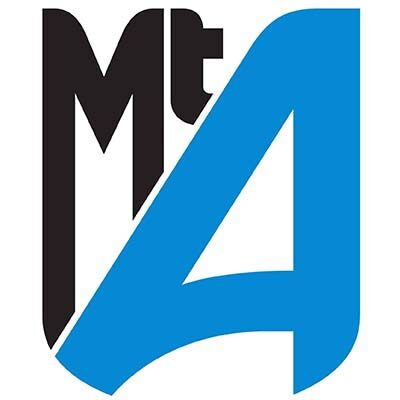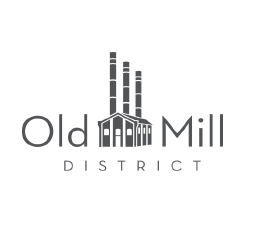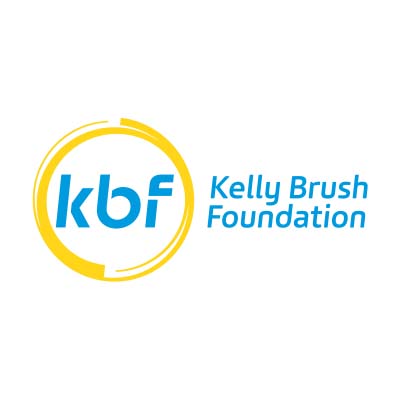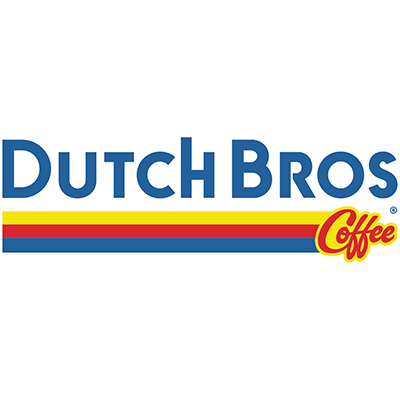Snowboarding
The OAS staff consists of certified adaptive instructors trained in the disciplines of mono-ski, bi-ski, 2-track, 3-track, 4-track, alpine, nordic skiing, snowboarding and guiding skiers with visual impairments. Each lesson is individually crafted to fit the needs and goals of the participant.
OAS offers adaptive snowboarding lessons at Mt Bachelor and Hoodoo Ski Area. Each Lesson is individually tailored to fit the needs and goals of each athlete.
Athlete Registration
Rates and Fees
Our lesson rates include all necessary equipment (rentals and/or adaptive), a lift ticket, and a trained instructor:
Mt Bachelor Rates and Fees:
Mt Bachelor lessons will be offered daily from December 26, 2024 to April 2o, 2025. Lessons are offered 7 days a week.*
*OAS will be closed on December 25th and January 1st.
Half Day Lessons: $80
- 7 days/week | Monday – Sunday
- 2.5hr lesson offered at an AM or PM lesson time
- AM Lesson Times: 9:30am – 12:00pm
- PM Lessons Times: 1:00pm – 3:30pm
Hoodoo Rates and Fees:
Hoodoo Programs will run from December 26, 2024 to March 30, 2025. Lessons will be offered weekly, Thursday – Sunday. Transportation will be provided from the Willamette Valley on Friday and Sunday (if needed), for Alpine Adventures.
Hoodoo Ski Area Update: As of February, all days are booked with lessons for athletes with waitlists created. If you’d like to join OAS on the slopes this season please submit dates for Mt. Bachelor, weekdays encouraged.
Half Day Lessons: $80
- 4 days/week| Thursday – Sunday
- 2.5hr lesson offered at an AM or PM lesson time
- AM Lesson Times: 9:30am – 12:00pm
- PM Lesson Times: 1:00pm – 3:30pm
Full Day Lessons: $100
- Consecutive AM and PM Sessions
- Lesson times: 9:30am – 12:00pm | 1:00pm – 3:30pm
- One hour unsupervised meal break
- Transportation from Willamette Valley | Fridays and Sundays
Adaptive Equipment
Adaptive sports are a unique experience for each individual. The following information is intended to give you a broad understanding of the adaptive disciplines we instruct and some of the equipment that is used in each of them. There are many adaptations and variations within each discipline.
Adaptive Winter Equipment
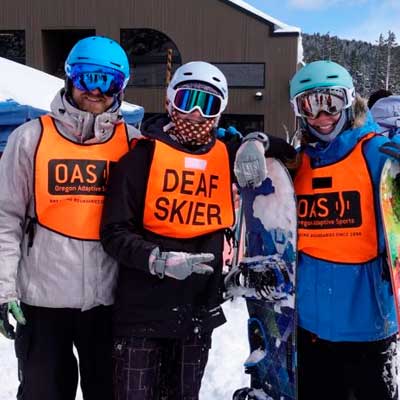
Adaptations for individuals who are deaf/hard of hearing
Participants can receive instructions in ASL or spoken language, use personal hearing assistive devices to help minimize background noise if desired and work directly with an instructor who has the shared understanding of deaf/hh needs. OAS currently contracts local interpreters to assist on lessons.
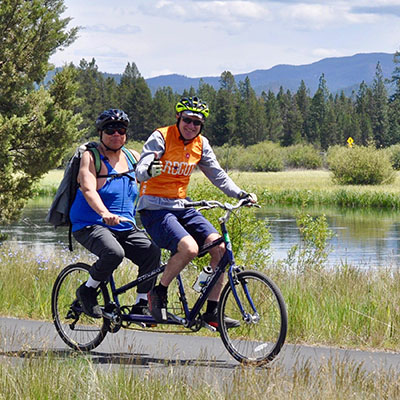
Adaptations for visual impairment
OAS staff and a number of volunteers are trained to be able to assist individuals with visual impairments. Guides are able to assist in a variety of ways such as calling turns for a skier, tandem paddling or cycling with an individual, or hiking alongside a participant and guide dog. Assistive Devices such as a radio system, a bell, trekking pole or rope can be used depending on the preference and needs of the students.
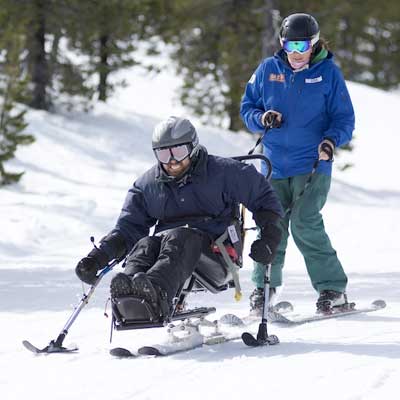
Bi-Ski
Utilizes a bucket style seat with two skis underneath it. The bi-ski is designed for those who use a wheelchair or have difficulty walking or standing. A bi-ski can be skied independently like a mono-ski using the same type of handheld outriggers or can be skied with the assistance of an instructor using fixed outriggers and tethers (reins attached to the back of the bi-ski). Skiers turn by either moving their head and shoulders or by using handheld outriggers.
OAS Fleet Includes:
Enabling Technologies Dynamique
Mountain Man Bi-Ski
Hands On Concepts Glide
Enabling Technologies Bi-Unique
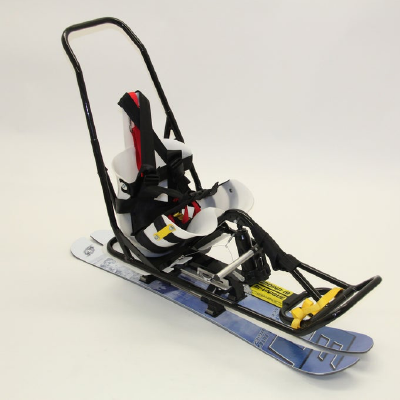
Bi-Unique
The Bi-Unique is used by almost every adaptive program around the world. It has set the standard for introductory sit skis and gives you the ability to ski as independently as your experience and abilities allow! Boasting the lowest center of gravity of any sit ski on the market, the Bi-Unique is easy for high level injuries to maneuver. Designed 20+ years ago, the Bi-Unique continues to be a resilient, versatile & long-lasting bi ski.

DynAccess Hydra
The Hydra retains the competitive advantages of other DynAccess monoskis; It is very responsive and strong, has an exceptionally stiff frame, made of the best materials, yet relatively light weight. This is possible due to the special geometry of the structure, custom developed high quality bearings and other hardware, and a high performance Penske Racing shock absorber develop specifically for DynAccess monoskis. The Hydra works great for racers and intermediate/advanced recreational skiers
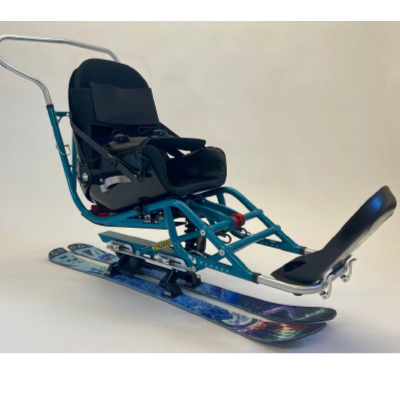
Dynamique
The Dynamique has proven itself as the ultimate bi ski and bridges the gap between the Bi-Unique and mono skis. Skiers and instructors alike are enjoying the unparalleled design of the Dynamique. An unprecedented load height, unique tension-ed load system, and performance suspension are just a few of the features that make the Dynamique an unbounded bi ski!

ESKAIP Nordic Ski
The first Nordic ski frame with multiple adjustments, Eskaip allows each skier to find his or her position. The possibilities of adjusting the height and angle of the seat and modifying the centre of gravity bring comfort and efficiency to your practice. The high-performance aluminium construction guarantees reliability and lightness.
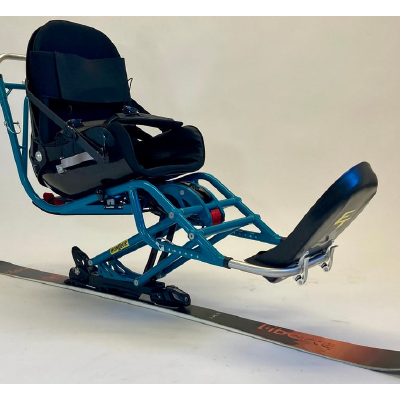
Monique
The Monique has proven itself as the ultimate program mono ski and bridges the gap between novice and upper echelon sit-skis by increasing stability and forgiveness. Unlike most monos, the Monique has a low center of gravity which promotes a slower transition from edge to edge and is forgiving to form flaws. Riding at under a foot off the ground, it sits 3-6″ lower than most monos on the market. Although it is a great learning tool, it has the capability to leave the greens behind!
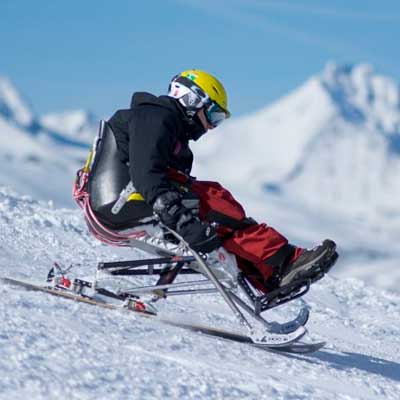
Mono-Ski
Utilizes a bucket style seat with a single ski underneath it. Skier uses handheld outriggers for balance, typically made easier with strong arms, core strength and trunk balance. Unlike the bi ski, the mono ski can only be skied independently.
OAS Fleet Includes:
KBG Lynx
Enabling Technologies Monique 1
Praschberger Monoski
Freedom Factory Revolution
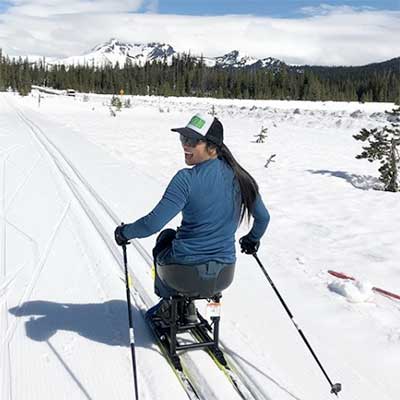
Nordic Sit Ski
Nordic skiing is a fun alternative to typical downhill skiing. OAS has two sit down nordic skis available for use on nordic lessons or nordic programming.
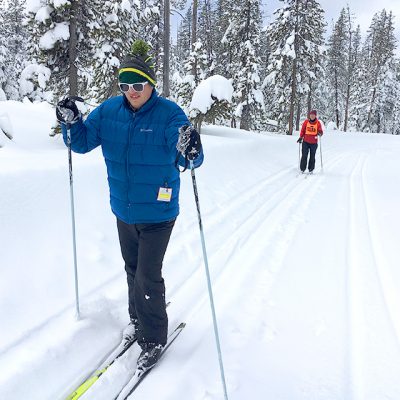
Nordic Skis
Nordic skiing is a fun alternative to typical downhill skiing. Nordic skiing is typically performed on flatter terrain using narrow skis with boots that can be raised off the ski at the heel when striding. There are two main types: classic and skate skiing.
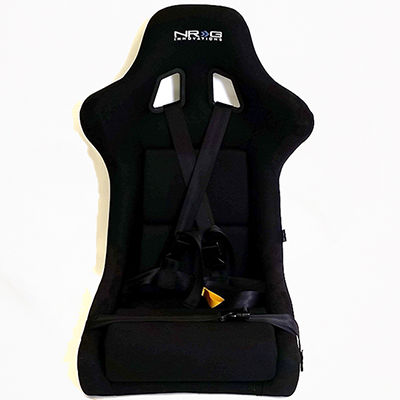
NRG Seat
The NRG Seating System is an option for skiers that require a high level of upper body and head support. The seat measures approximately 16″ wide at the waist.
Each seat is finished with over the shoulder / waist / thigh straps for security and side handles for instructors. The seat comes predrilled for the Dynamique Bi Ski and includes the adjustable dump bracket.
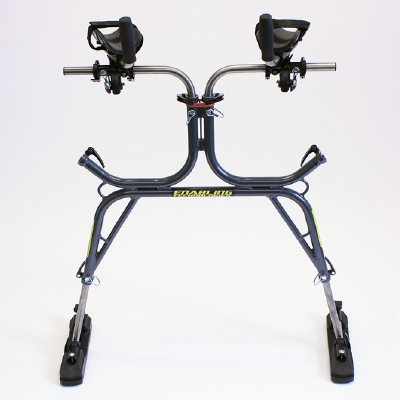
Slide Unique
The second generation of the Slide Unique remains the lightest and most adjustable offering on the market. To meet the needs of stand up skiers the Slide Unique now offers a balance of infinite adjustment and strong hold through a combination of tooled clamps and pinned positions. Custom clamps have been sourced to improve ease of use while its custom boot allows tool-less size changes.
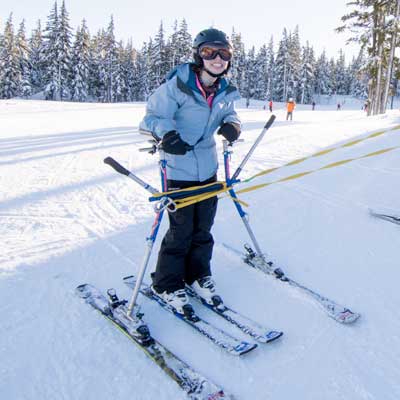
Snow Slider
Another variation of skiing for individuals with more severe balance challenges. A mounted frame that clicks into separate skis appears like a walker on skis and is tethered by a trained instructor. The stand-up skier uses their own boots and skis with the metal frame as support. This can be used long term or in a progression towards three track or four track skiing.
OAS Fleet Includes:
Enabling Technologies Slide Unique
Freedom Factory Snow Slider
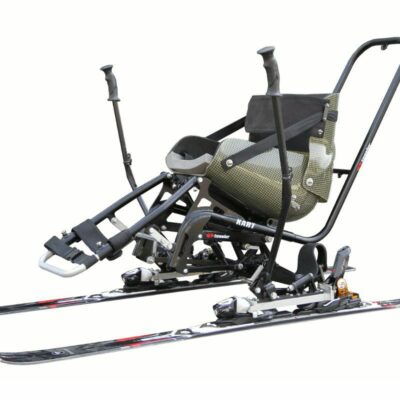
Snow'Kart
Snow’Kart is designed for people who have a lack of strength in the upper body and/or who don’t have enough balance to ski with mono-ski or bi-ski. Thanks to the Easy Drive kit, the Snow’Kart is the only equipment in the world that could be driven by one hand.
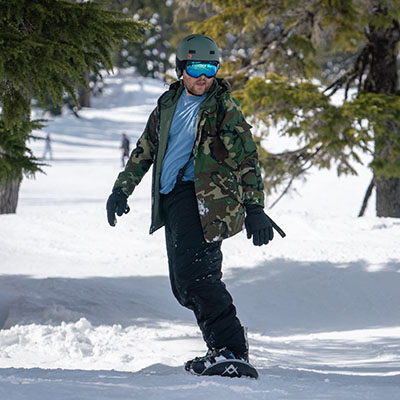
Snowboard
Most adaptive snowboard lessons employ a standard snowboard set up using progressions taught by the American Association of Snowboard Instructors.
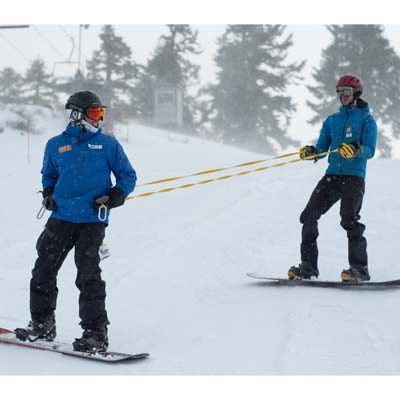
Snowboard Adaptations
If a snowboarder is in need of extra assistance beyond adapted teaching techniques, bamboo poles, tethers, hula hoops and/or the Rider Bar (adapted snowboard handlebar) may also be used.

Tempo access
The Tempo Access is very easy to handle thanks to its low and forward centre of gravity, which makes it easier to initiate turns. It is the ideal product for learning, for people with limited balance or for children, it also offers new possibilities for Solo skiing.

Tempo Uni-Ski
The Tempo Uniski is intended for people who have a lower limb disability. It allows skiing independently with remarkable performances. Easy to ski, it is quickly handled and allows a fast improvement. The fully suspended frame allows skiing efficiently and it will completely satisfy experienced skiers. If you are looking for an easy sit ski without limiting your desire to escape, the Tempo Uniski is made for you.
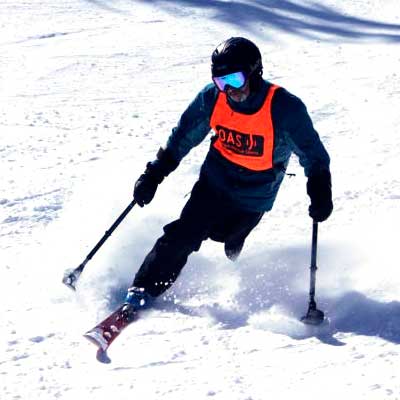
Three Track/Four Track
Three tracking and four tracking are for individuals who have the ability to stand on one leg or two but need the added balance and steering of using two outriggers. Three track skiers typically have one leg and two arms. Three trackers use a standard ski and two outriggers giving them three points of contact on the snow. Four track skiers have two legs and arms, natural or prostethic. They typically use standard skis and two outriggers, giving the skier four points of contact with the snow. Stand up outriggers are also sometimes used with a snowboard.
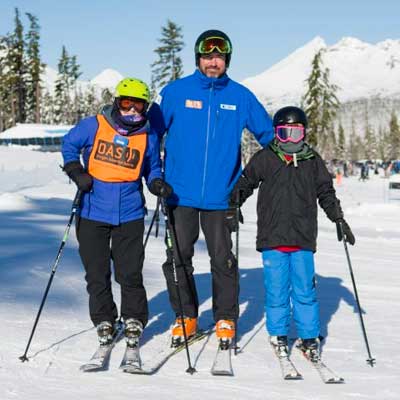
Two Track
Skier who can stand and maintain balance while in motion often use standard skis, although adaptive equipment (tethers, spacers, tip retention devices, etc.) may be used to aid in the learning of muscle movements.
Adaptive Snowboard Equipment

Snowboard
Most adaptive snowboard lessons employ a standard snowboard set up using progressions taught by the American Association of Snowboard Instructors.

Snowboard Adaptations
If a snowboarder is in need of extra assistance beyond adapted teaching techniques, bamboo poles, tethers, hula hoops and/or the Rider Bar (adapted snowboard handlebar) may also be used.
